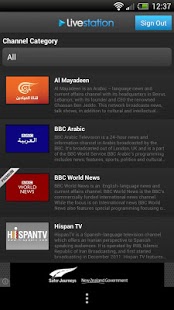

Some of the staff and personnel of RBI joined Deutsche Welle, and it inherited some broadcasting apparatus, including the transmitting facilities at Nauen as well as RBI's frequencies.ĭW-TV began as RIAS-TV, a television station launched by the West Berlin broadcaster RIAS (Radio in the American Sector / Rundfunk im Amerikanischen Sektor) in August 1988. With German reunification in 1990, Radio Berlin International (RBI) of East Germany ceased to exist.

1999 was the last year for language services in Japanese, Slovak, Slovene, Spanish, Czech and Hungarian. In 1998, Danish, Norwegian, Dutch and Italian radio services were discontinued.

Some language services have been discontinued, both due to financial cuts and an allegedly decreasing demand. 1963: Swahili, Hausa, Indonesian, Bulgarian, Romanian, Slovene.1962: Persian, Turkish, Russian, Polish, Czech, Slovak, Hungarian, Serbo-Croatian.1954: English, French, Spanish, Portuguese.On 7 June 1962, it joined the ARD as a national broadcasting station. In 1960, Deutsche Welle became an independent public body after a court ruled that broadcasting from Germany was part of the federal government's foreign-affairs function. In 1955, when this split into the separate Norddeutscher Rundfunk (NDR) and Westdeutscher Rundfunk (WDR) networks, WDR assumed responsibility for Deutsche Welle programming. At first, it was controlled by Nordwestdeutscher Rundfunk (NWDR). On 11 June 1953, the public broadcasters in the ARD signed an agreement to share responsibility for Deutsche Welle. 2.4 Relay stations leasing transmitter time to DWĭeutsche Welle was inaugurated on, with an address by German President Theodor Heuss as its first shortwave broadcast.


 0 kommentar(er)
0 kommentar(er)
